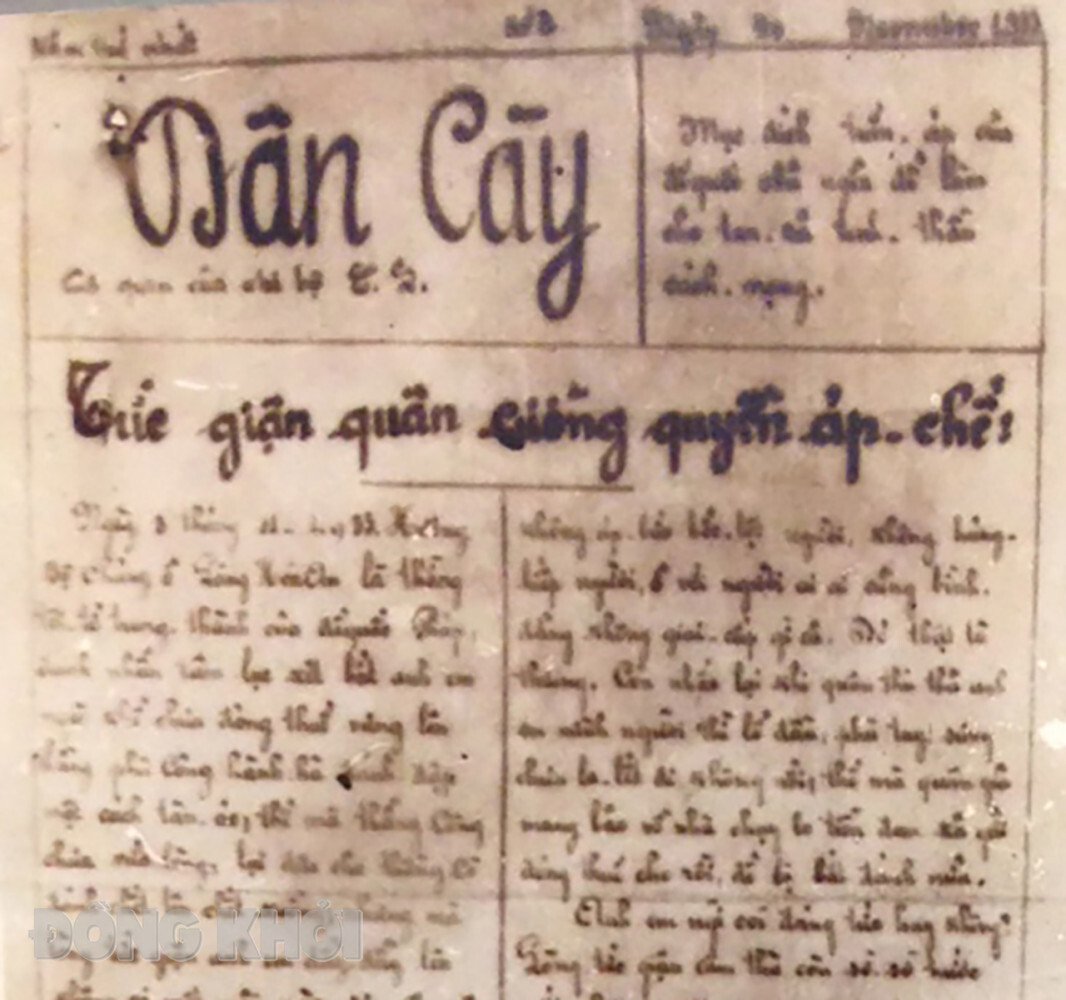
Dan Cay Newspaper (1930). Photo archive
The first bricks
Ben Tre used to be a refuge for patriotic scholars thanks to its rugged terrain and crisscrossing rivers and canals. The migrants who came here were originally from the Central provinces, who did not submit to the tyrannical power, harsh exploitation, and war, and sought new lands to make a living. Patriots, intellectuals, and scholars before the revolution in the province, such as poet Nguyen Dinh Chieu, wrote poems and prose, using their pens and words to promote patriotism and denounce the crimes of the enemy.
In addition to the tradition of patriotism and cultural tradition, Ben Tre people have a tradition of studiousness. On the land of Ben Tre, a team of intellectuals, teachers, engineers, etc. has gradually formed. Among them, there are people who participate in reading newspapers and writing newspapers. In the late 19th century and early 20th century, many Ben Tre intellectuals participated in the flow of contemporary journalism in the South. Notably, there was Mr. Truong Vinh Ky - Editor-in-Chief of Gia Dinh Newspaper (the first Vietnamese newspaper established in the South in 1865) and the An Nam Political - Social Newspaper. He used the press as a means to convey and disseminate knowledge, raising the level of understanding of the people.
Next, there was Mrs. Suong Nguyet Anh - Nguyen Thi Khue, daughter of Mr. Nguyen Dinh Chieu, who was the editor-in-chief of Nu Gioi Chung (1918), the first women's newspaper in the South. There was also Luong Khac Ninh, the editor-in-chief of Nong Co Min Dam, a newspaper promoting agricultural business. Messrs. Nguyen Du Hoai and Nguyen Khac Hue used this forum to publish patriotic poems and literature. Mr. Le Hoang Muu was the editor-in-chief of Luc Tinh Tan Van, a newspaper promoting the Minh Tan movement, reviving the people's intelligence and spirit, and encouraging patriotism against the French and feudal lackeys. Mrs. Nguyen Trung Nguyet, from Binh Dai, An Hoa, attended the training class of the Vietnam Revolutionary Youth in Guangzhou. She participated in writing articles for the Thanh Nien newspaper at that time and used the pen name Bao Luong.
Newspapers such as Gia Dinh Newspaper, along with the Saigon press movement at that time, along with the names of Ben Tre people such as Suong Nguyet Anh, Phan Van Tri, Le Hoang Muu... used the national language openly to fight against the enemy.
The "embryonic" period 1930 - 1945
Since the establishment of the Party, Ben Tre people have identified revolutionary journalism as a sharp weapon in the struggle against colonialism and imperialism and for national liberation. Ben Tre Party Newspaper appeared very early, right during the period of campaigning to establish the Provincial Party Committee.
The Vietnamese Revolution, enlightened by the theory of Marxism-Leninism, clearly and fully recognized the role of the press and used the revolutionary press as an ideological weapon to propagate, mobilize, educate, mobilize, organize the masses and expose the enemy's plots and tricks for the people to see clearly.
Right from the birth of the Party on February 3, 1930, unifying the three communist organizations in the three regions, the Ben Tre - My Tho Inter-Provincial Party Committee was established (June 1930) and published the Dan Cay newspaper as a propaganda agency. Many party cells such as: Tan Xuan cell, Loc Thuan - Phu Vang - Vang Quoi combined cell, My Chanh Hoa cell, Luong Hoa cell... after being established, thought of writing leaflets, short news to inform, propagate, and educate people about patriotism and revolution to join hands in the fight against feudal colonialism. The news at that time was printed and distributed to the core to spread and post in places where people often passed by and gathered such as markets, ferry terminals, and traffic routes. It can be said that this was the embryonic form of the province's revolutionary press later.
The revolutionary press activities of Vietnam have always been a part of the history of the revolutionary struggle of the Party and the people in the province. In May 1931, the Ben Tre Provincial Party Committee was officially established. Comrade Nguyen Van Nguyen was appointed as the first Secretary of the Provincial Party Committee. Having a talent for journalism, he used the newspaper as an effective tool to mobilize the development of the Party's base. In the town, comrade Nguyen Van Nguyen published the Hammer and Sickle newspaper printed in xu xoa, each week publishing 200 - 300 copies, 20x30cm in size, with comrade Tran Thi Vong - alias Chut Chit in charge of printing. At first, the printing point was at Ca Loc bridge, later on Clémenceau street (today's Le Loi street).
In July 1931, when comrade Nguyen Van Nguyen was captured by the enemy, comrade Huynh Thien Nien - Standing member of the provisional Provincial Party Committee continued to publish the newspaper Dan Cay Ngheo at the end of 1931. Directly editing at that time were comrade Nguyen Van Khanh (aka Giao Khanh in My Chanh Hoa) and comrade Le Van Tot (Giao Tot in Binh Hoa).
In 1932, comrade Nguyen Van Tri - Standing member of the provisional Provincial Party Committee, published two newspapers, Guom Vo San and Phu Nu Giai Phong (for women only), with the agency located in Mo Cay. The enemy carried out fierce terror, many provincial Party Committee members, cadres, and revolutionary masses were arrested. By 1933, the remaining comrades had published Tranh Dau (currently Tranh Dau No. 2, published on December 22, 1933, and an unannounced issue dated December 30, 1933, are being kept at the Vietnam Revolutionary Museum in Hanoi).
Before the victory of the French Popular Front, in April 1936, political prisoners were released, party organizations in the province were restored and strengthened, and the Provincial Party Committee was re-established. The Provincial Party Committee advocated publishing the Lao Dong and Dan Chung newspapers (period 1936 - 1939), printed in lead and sold publicly. In addition, there was the Co Chien Dau newspaper, written by cadres and party members in the province, which promoted the revolutionary spirit of the masses, creating a resonance among intellectuals, scholars, and small traders. Through these newspapers, readers learned about the news of the province. Typically: The "Call" of the Provisional Executive Committee of the Binh Khanh Commune Friendship Association called on people to unite in the fight against violence and tyranny (Dan Chung newspaper issue dated August 5, 1938) or the news of the Dai Dien village council taking public land and distributing it to landlords... made people understand more clearly the crimes of the French colonialists and their henchmen.
From September 1939, revolutionary organizations were severely suppressed, and the Party Committee's Fighting Flag newspaper stopped publishing. Until 1941 - 1944, when the Party organization was restored again, the Provincial Initiative Committee (Provisional Provincial Party Committee) was established under the leadership of comrade Nguyen Tau, publishing the newspaper Su That. Su That was 13x19cm in size, bound from 16 to 20 pages, contributing to information on building party bases. Su That newspaper contributed to the unification of party organizations in March 1945 and became the agency to mobilize and prepare for the August Revolution in 1945 in the province.
| It can be said that the period from 1930 to 1945 was the embryonic period of the province's revolutionary press. The province's revolutionary press had to operate in secret conditions, being monitored and suppressed by the enemy. Overcoming difficulties, the newspaper always did a good job of propagating for the purpose of fighting for independence and freedom. |
Thanh Dong (synthesis)
Source: https://baodongkhoi.vn/van-hoa/van-hoc-nghe-thuat/lich-su-hinh-thanh-bao-dang-tai-tinh-a143581.html


![[UPDATE] April 30th parade rehearsal on Le Duan street in front of Independence Palace](https://vstatic.vietnam.vn/vietnam/resource/IMAGE/2025/4/18/8f2604c6bc5648d4b918bd6867d08396)

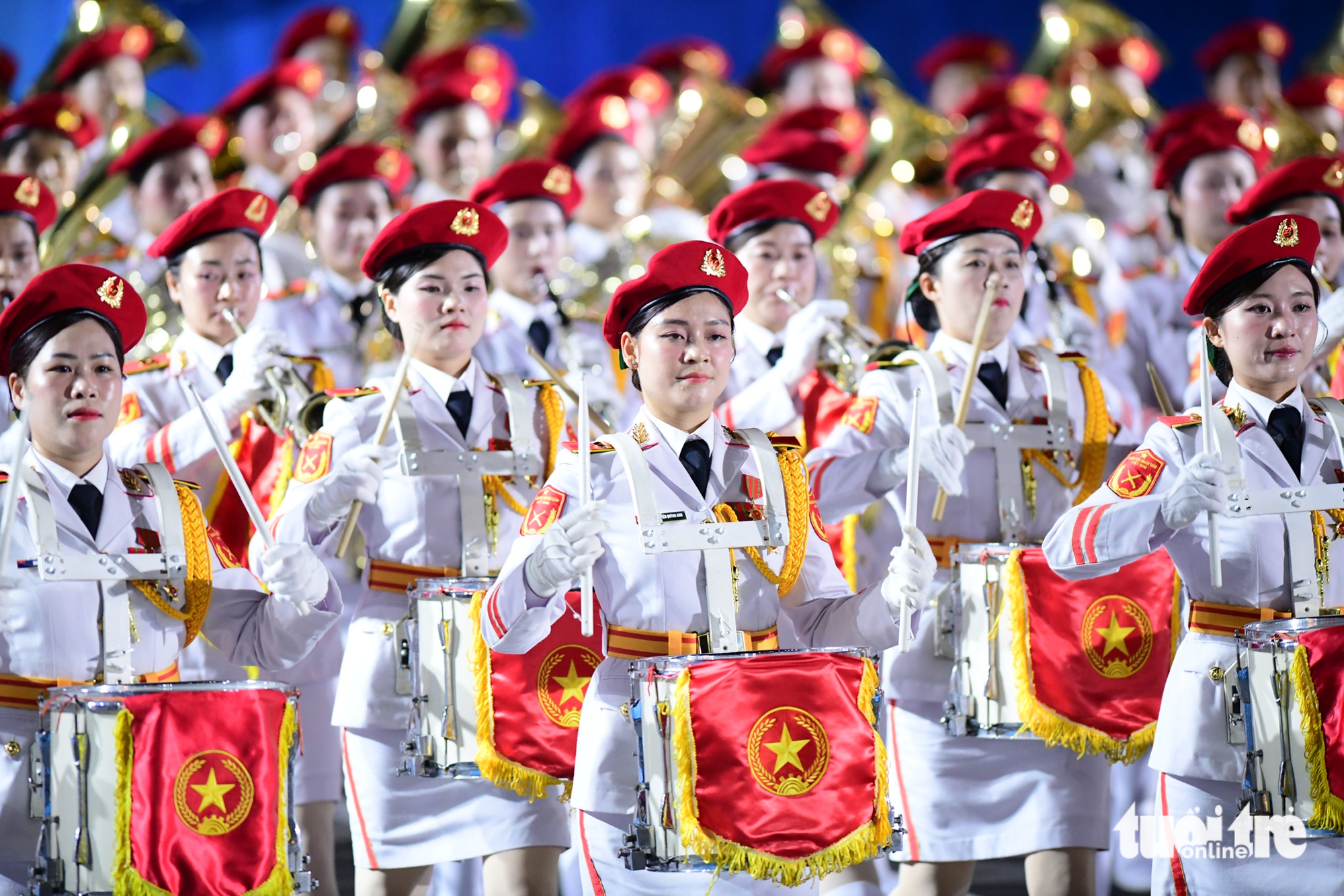

![[Photo] Prime Minister Pham Minh Chinh receives Mr. Jefferey Perlman, CEO of Warburg Pincus Group (USA)](https://vstatic.vietnam.vn/vietnam/resource/IMAGE/2025/4/18/c37781eeb50342f09d8fe6841db2426c)
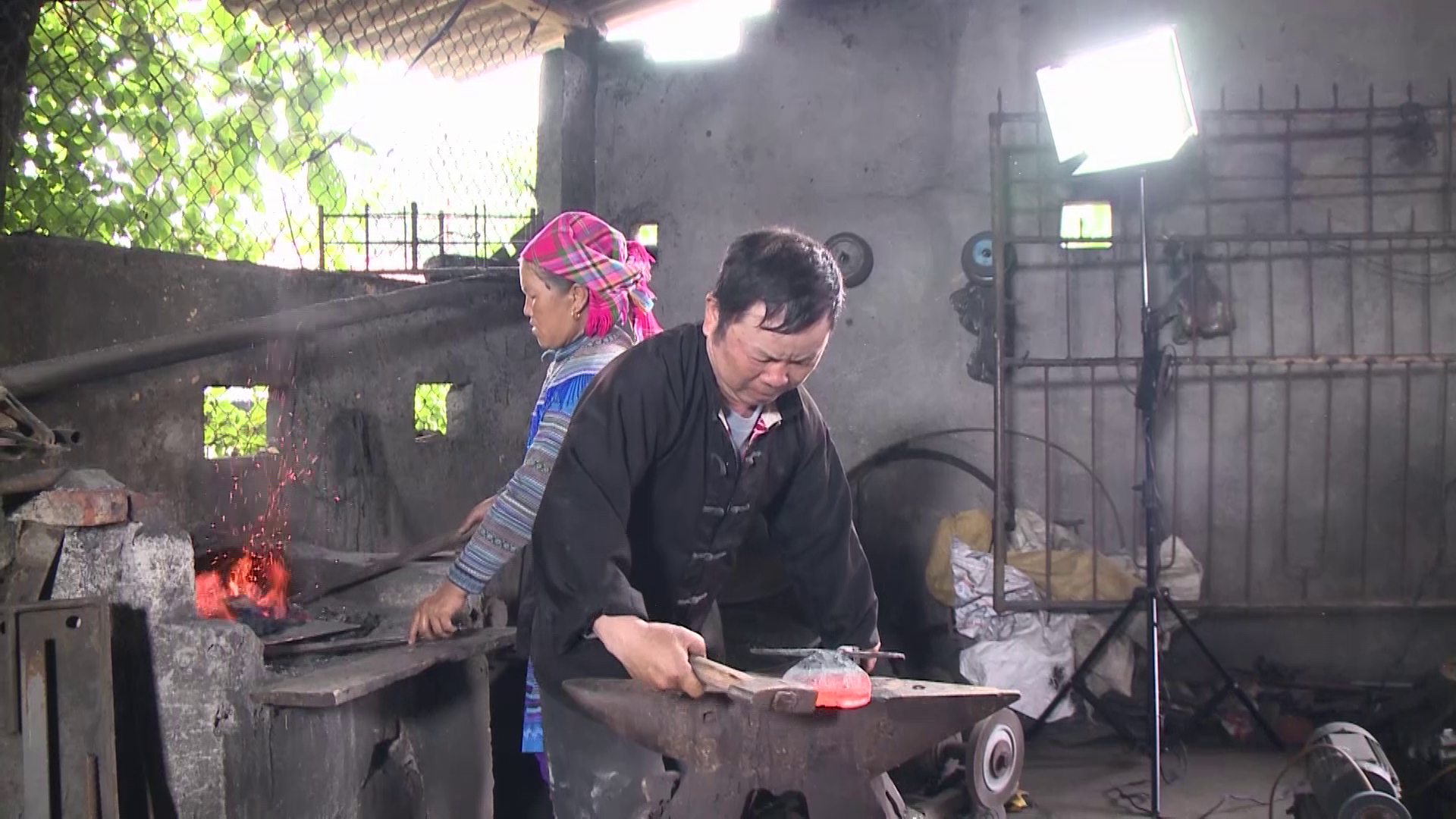
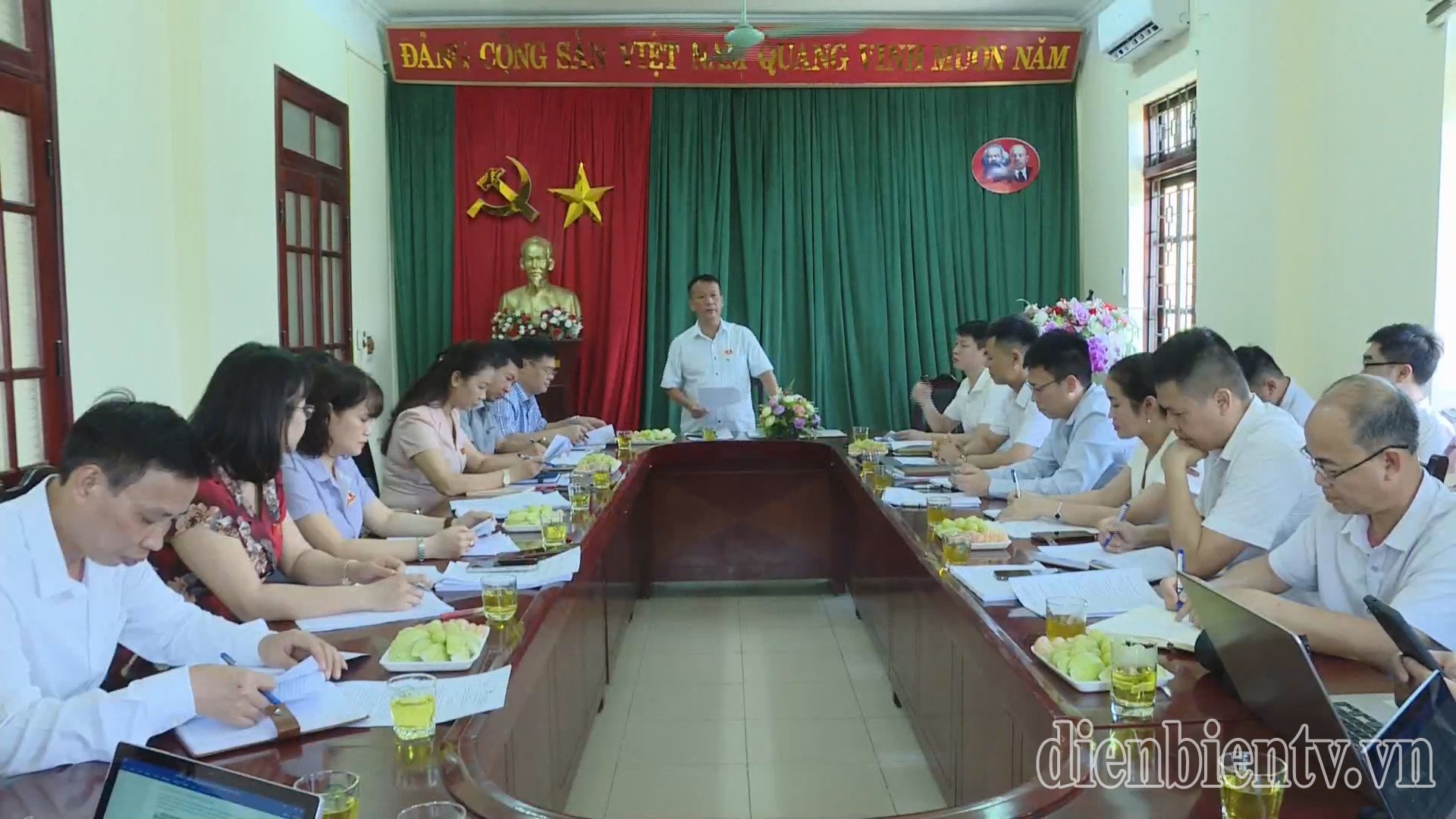
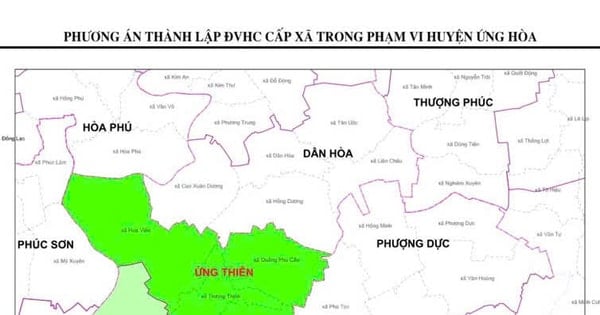
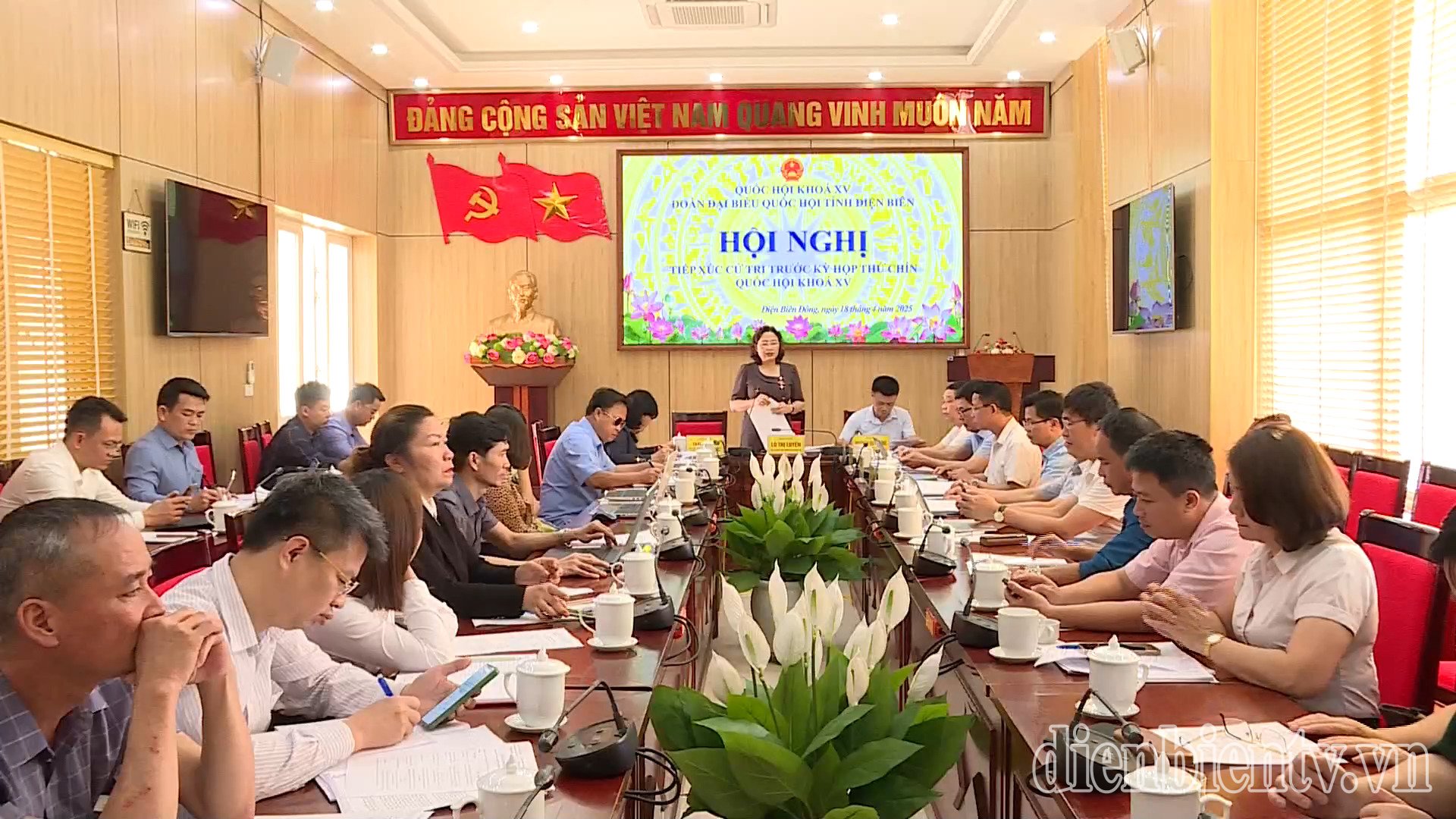

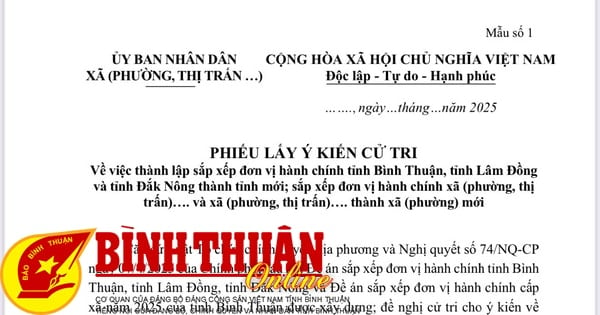
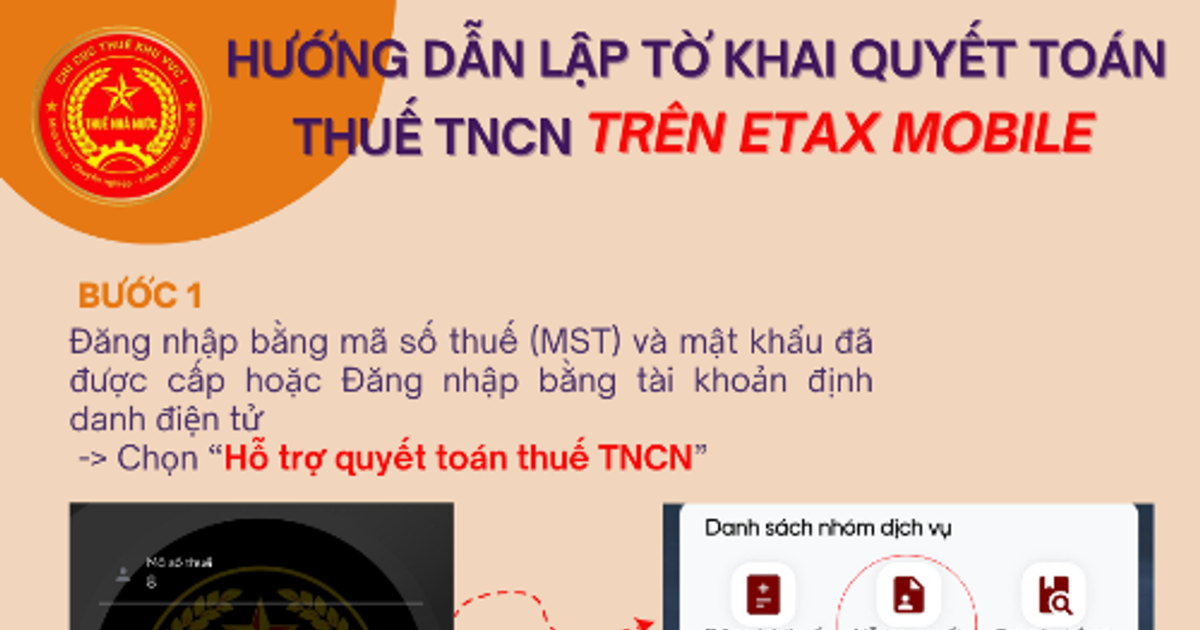





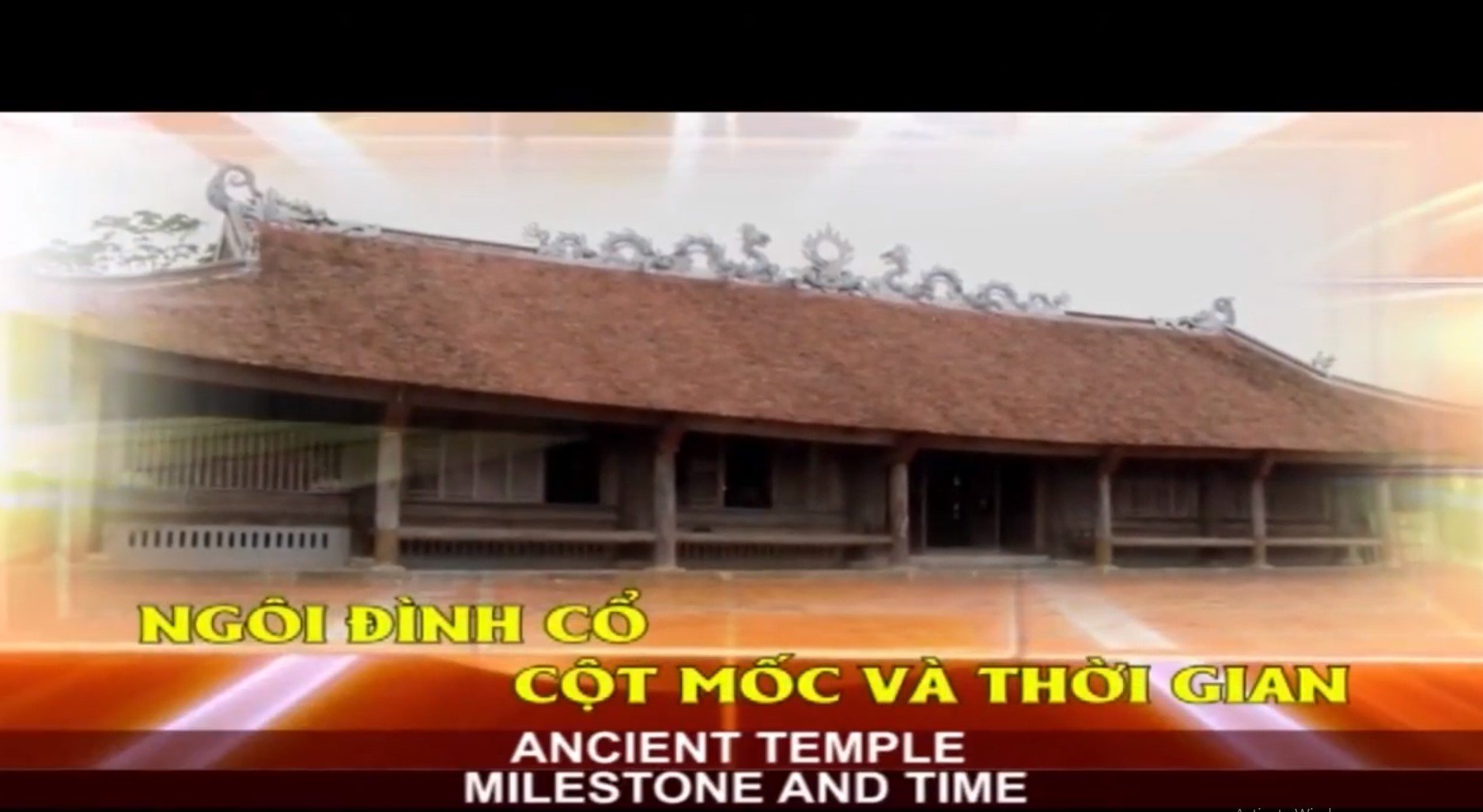
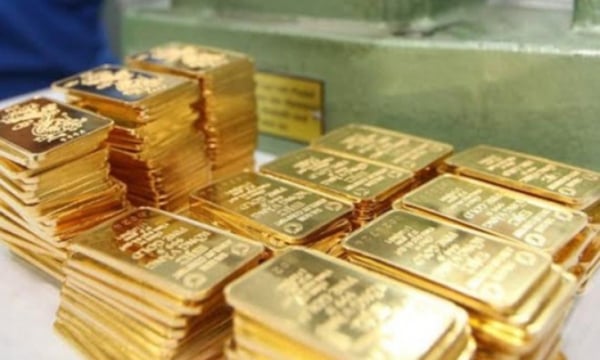
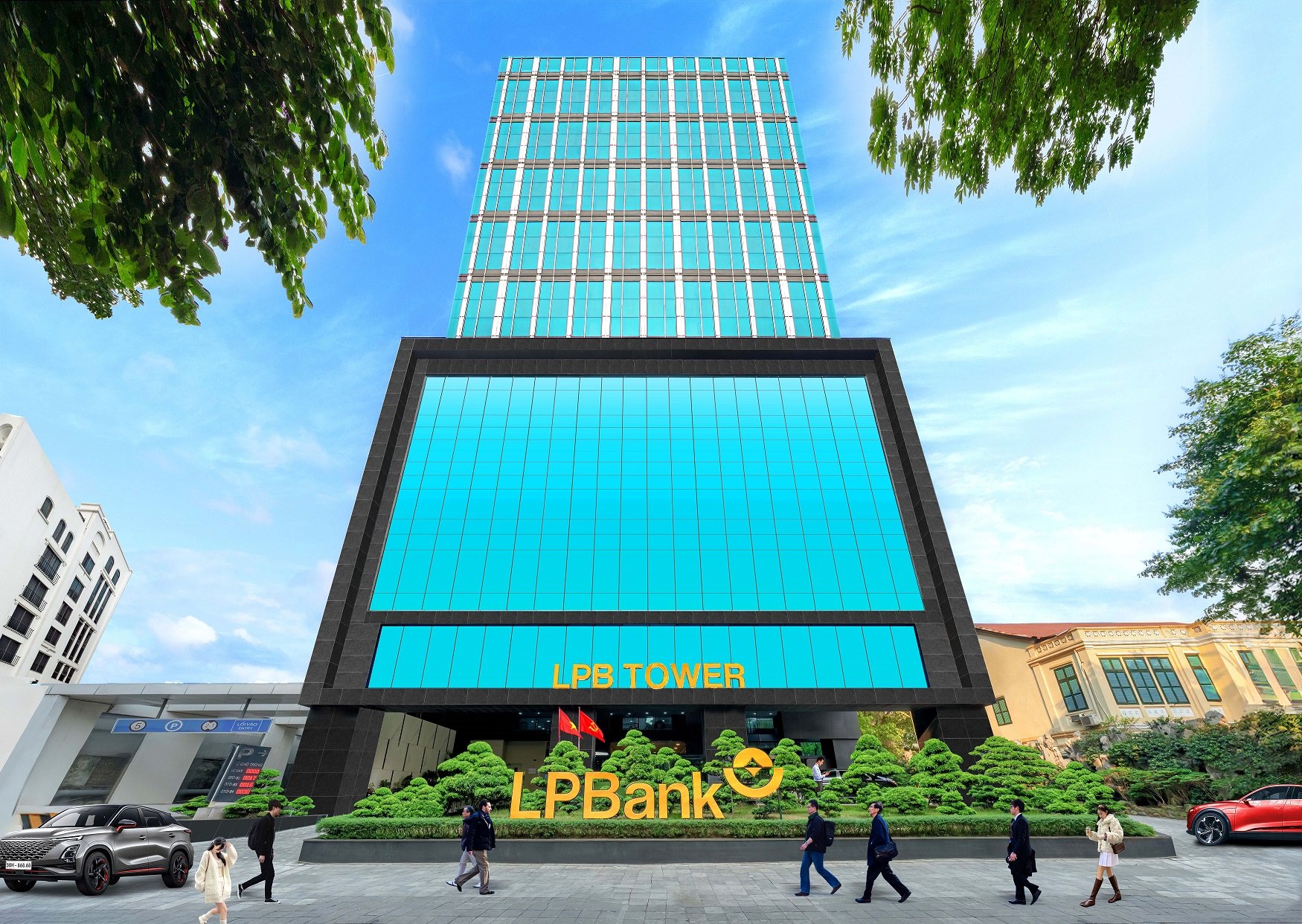
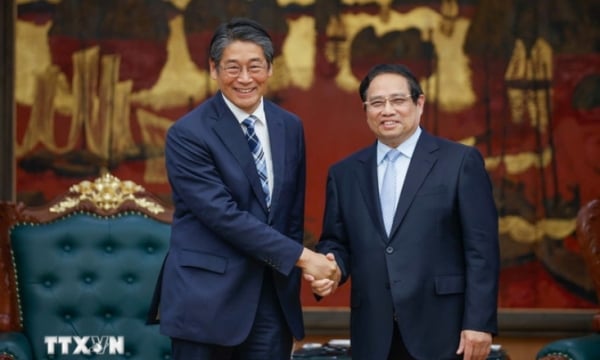
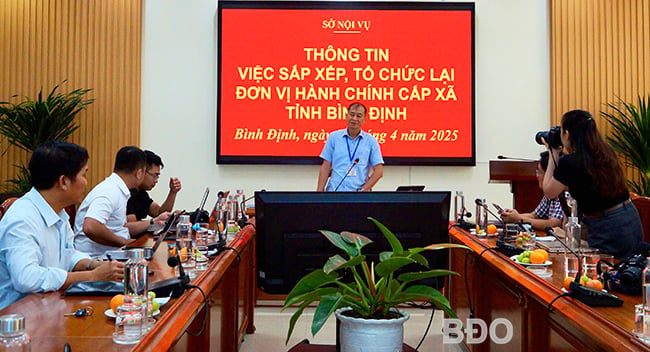


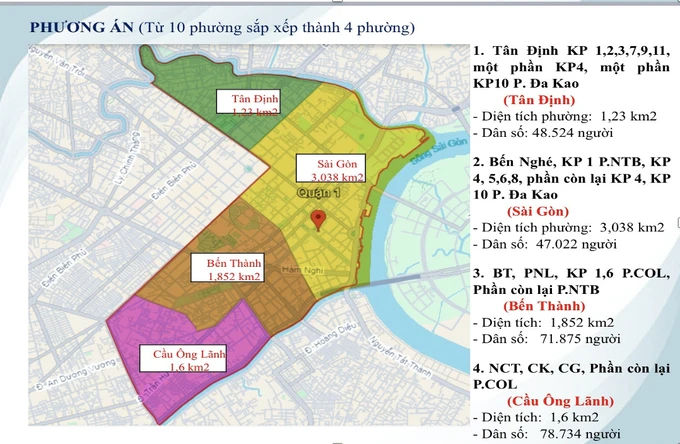





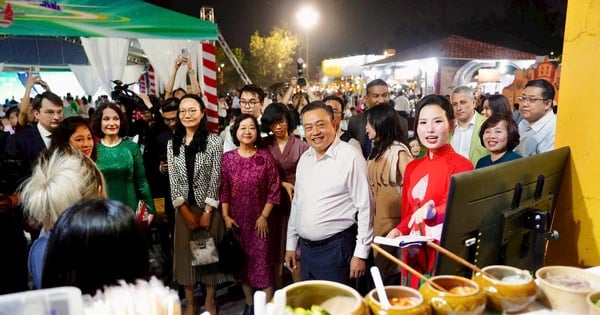

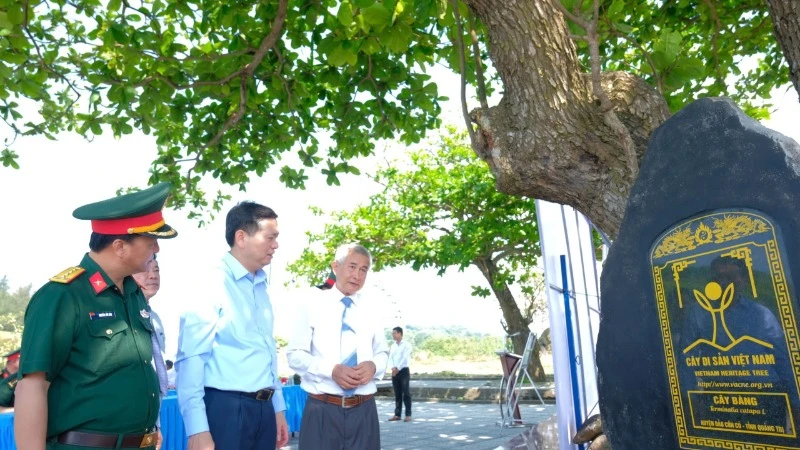







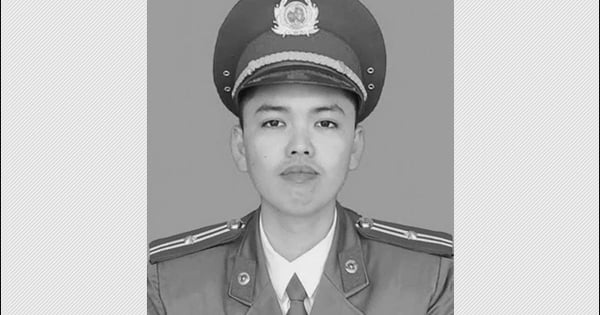







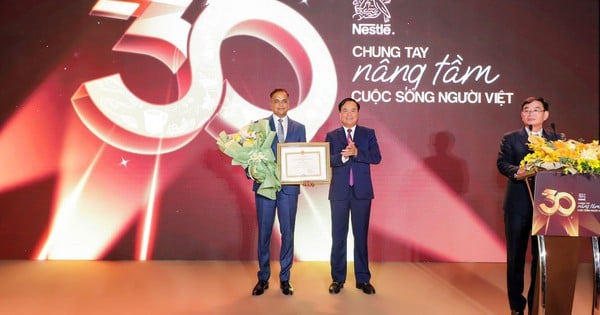

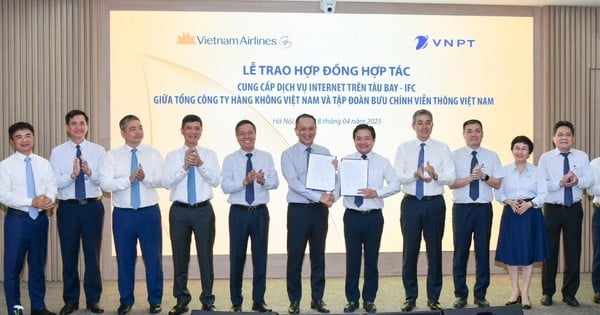

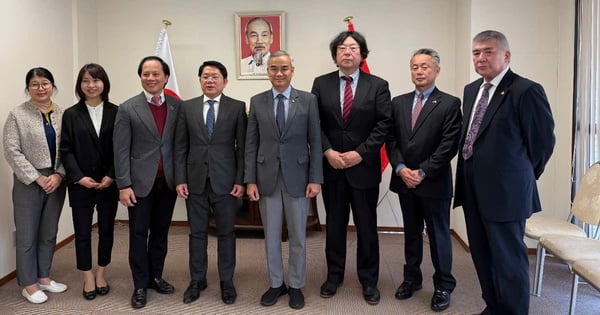




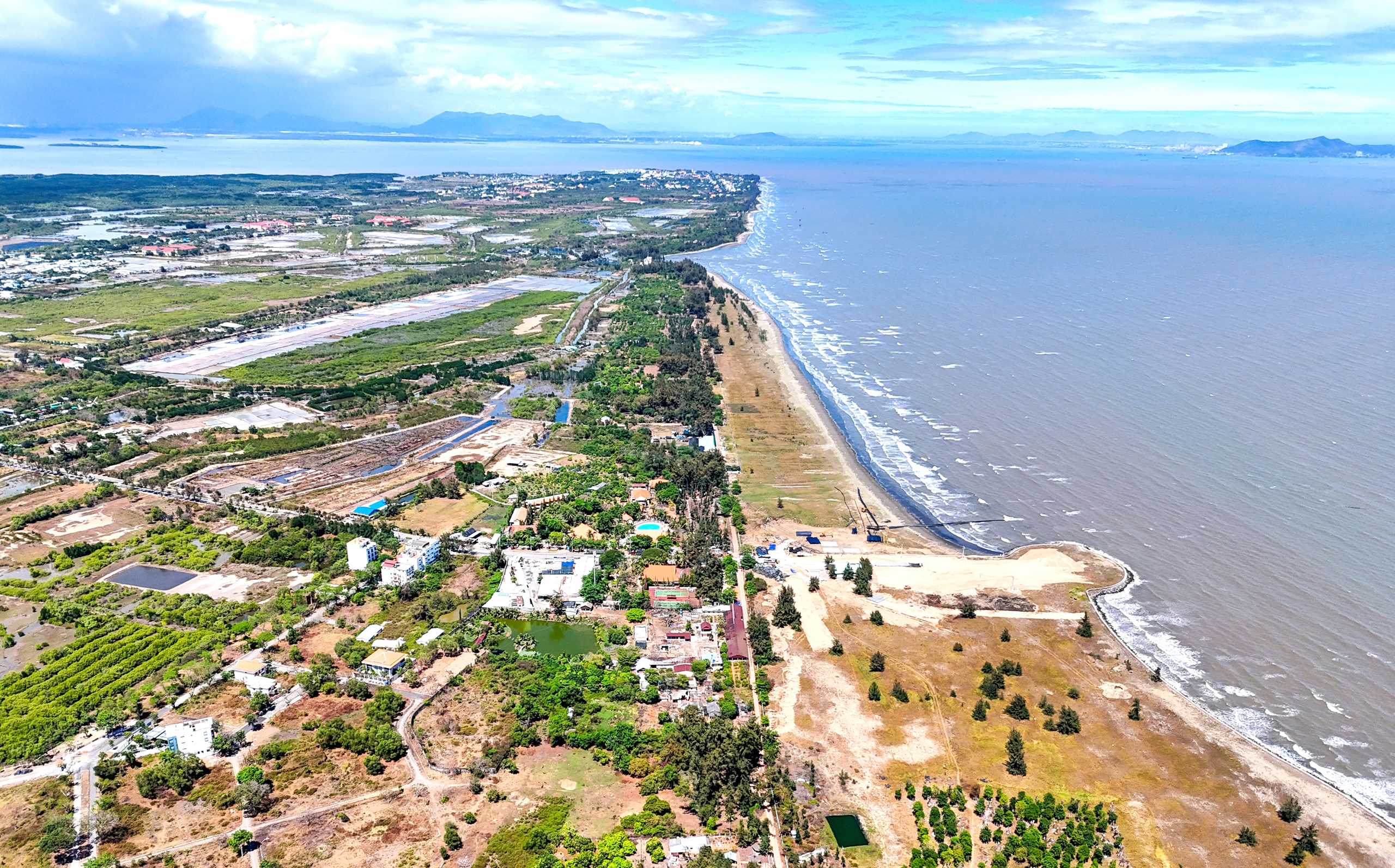

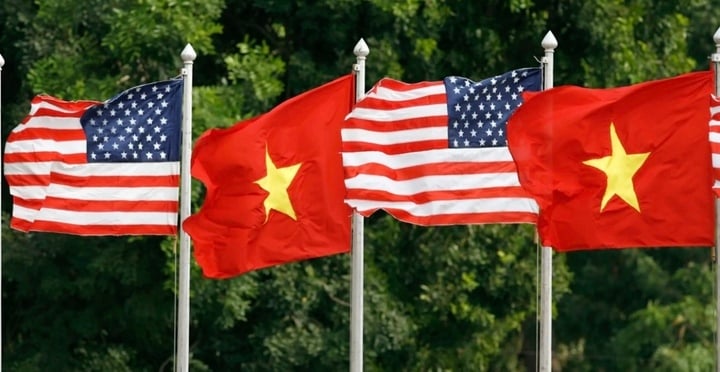

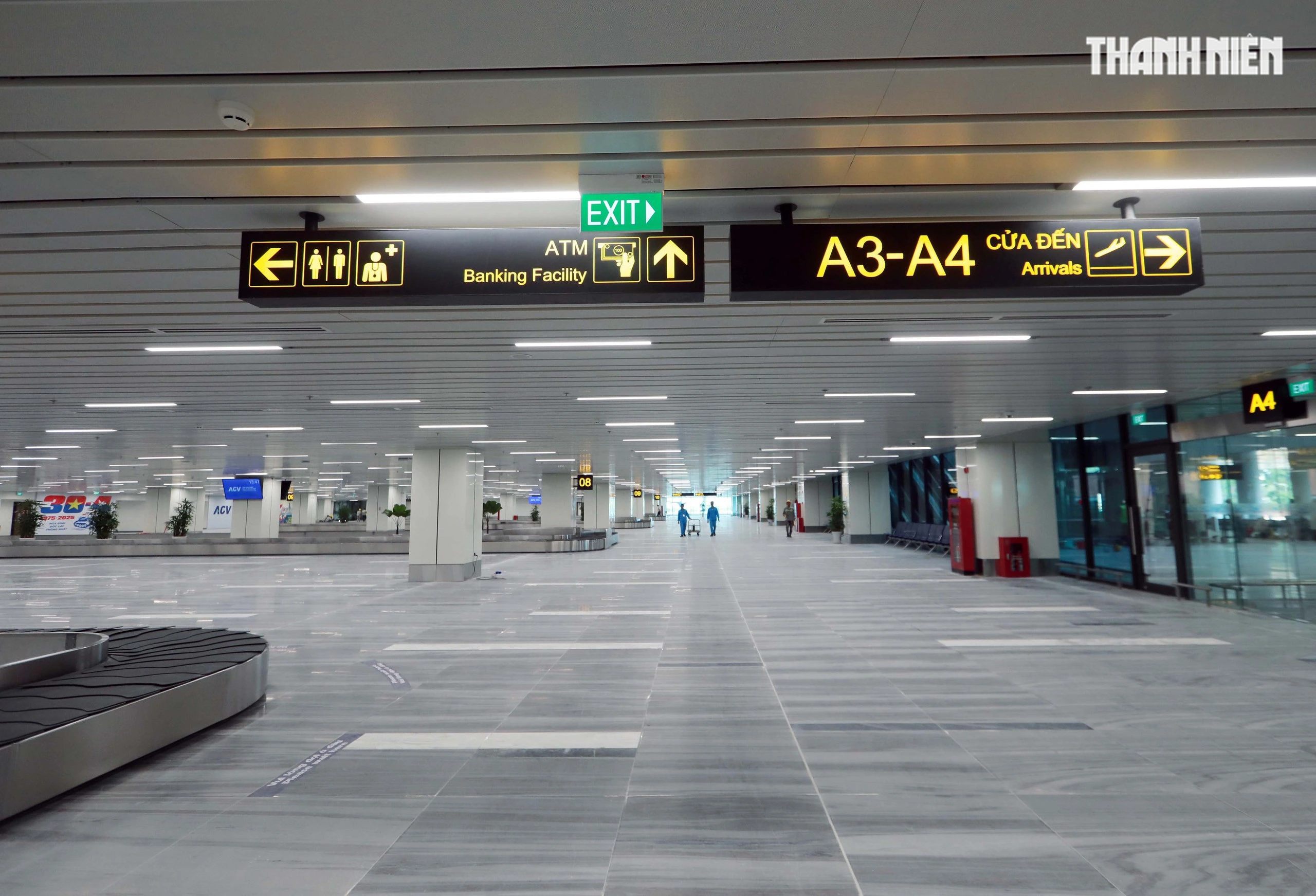
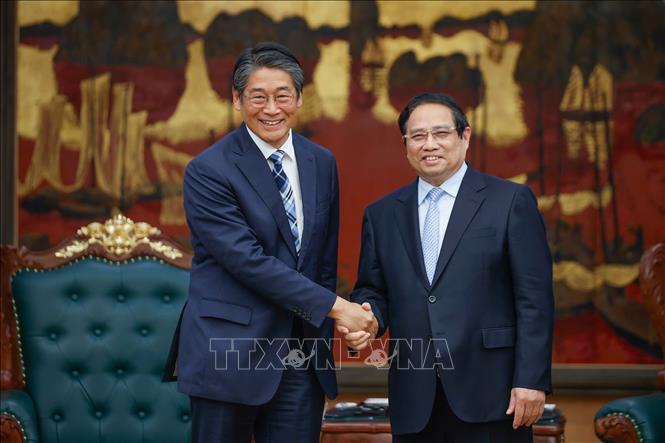
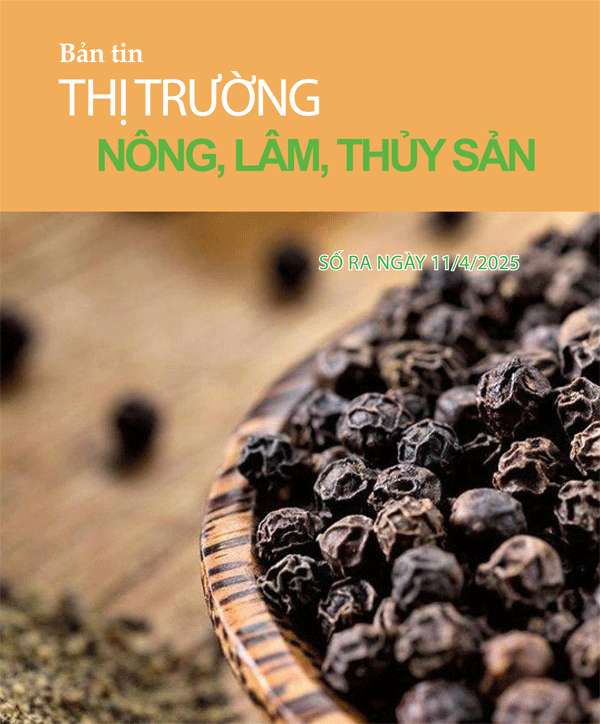

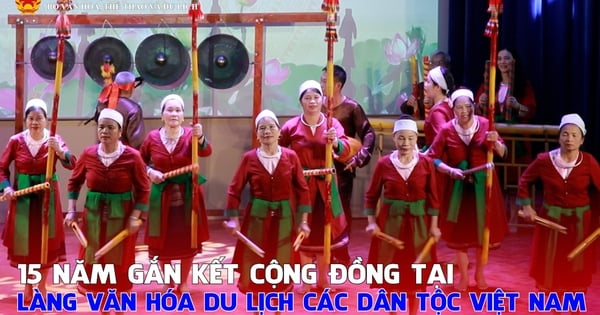

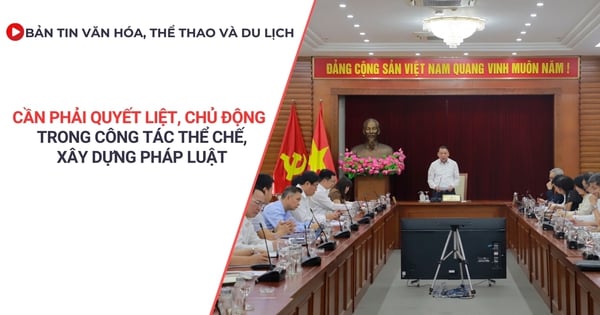
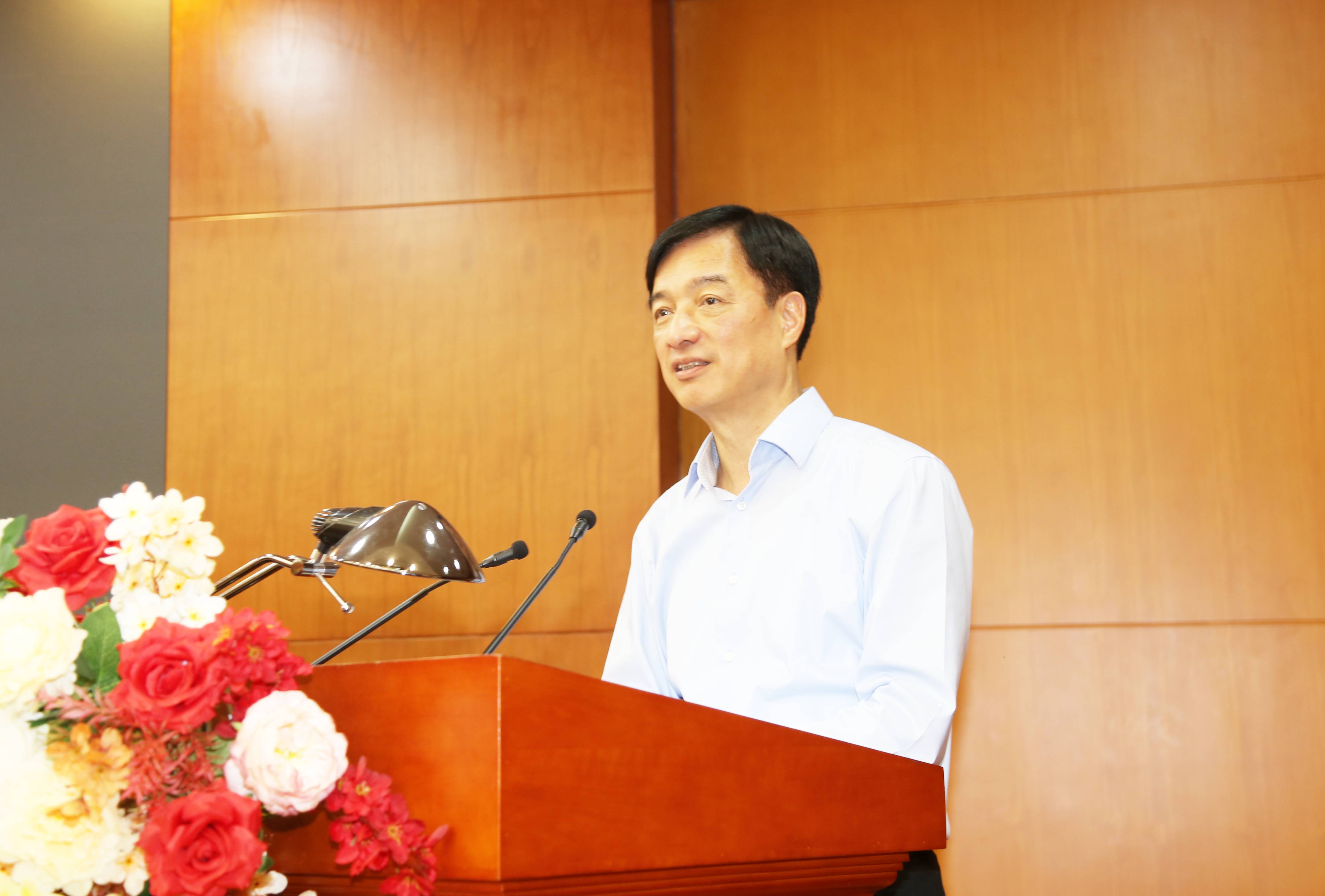

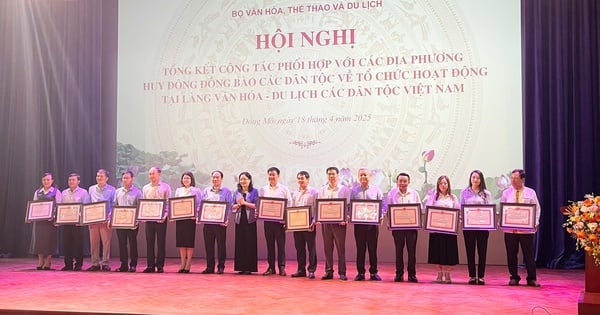

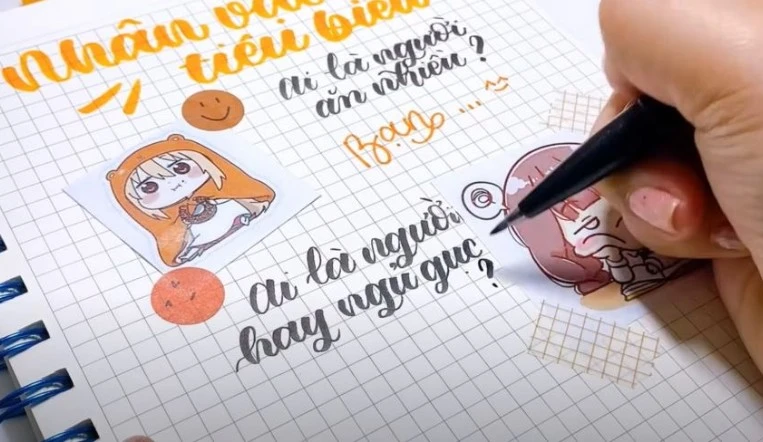
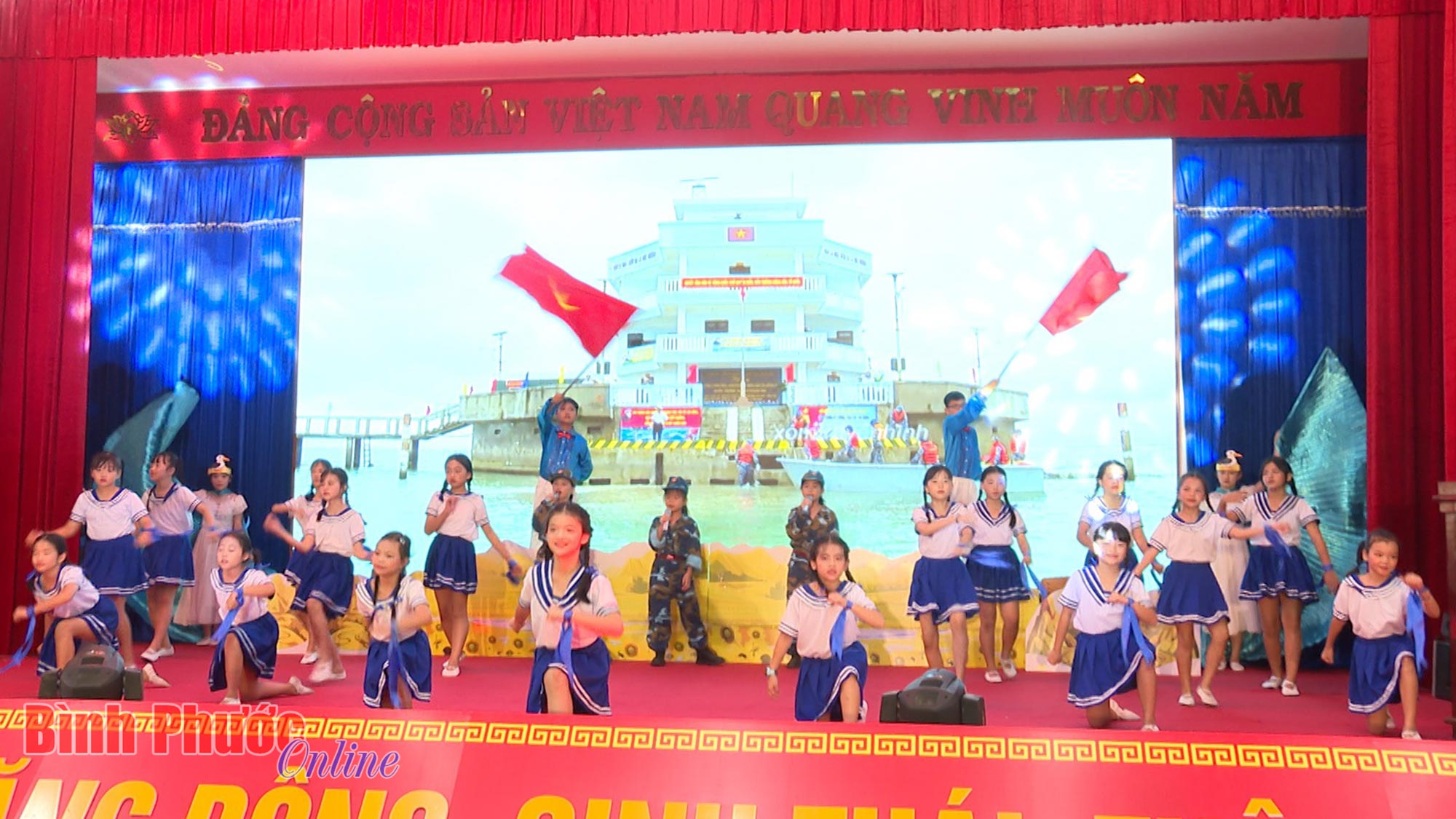

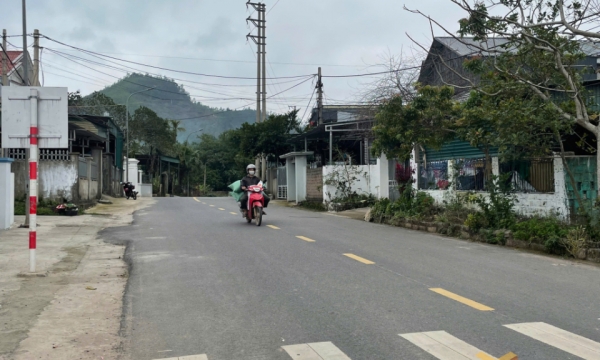

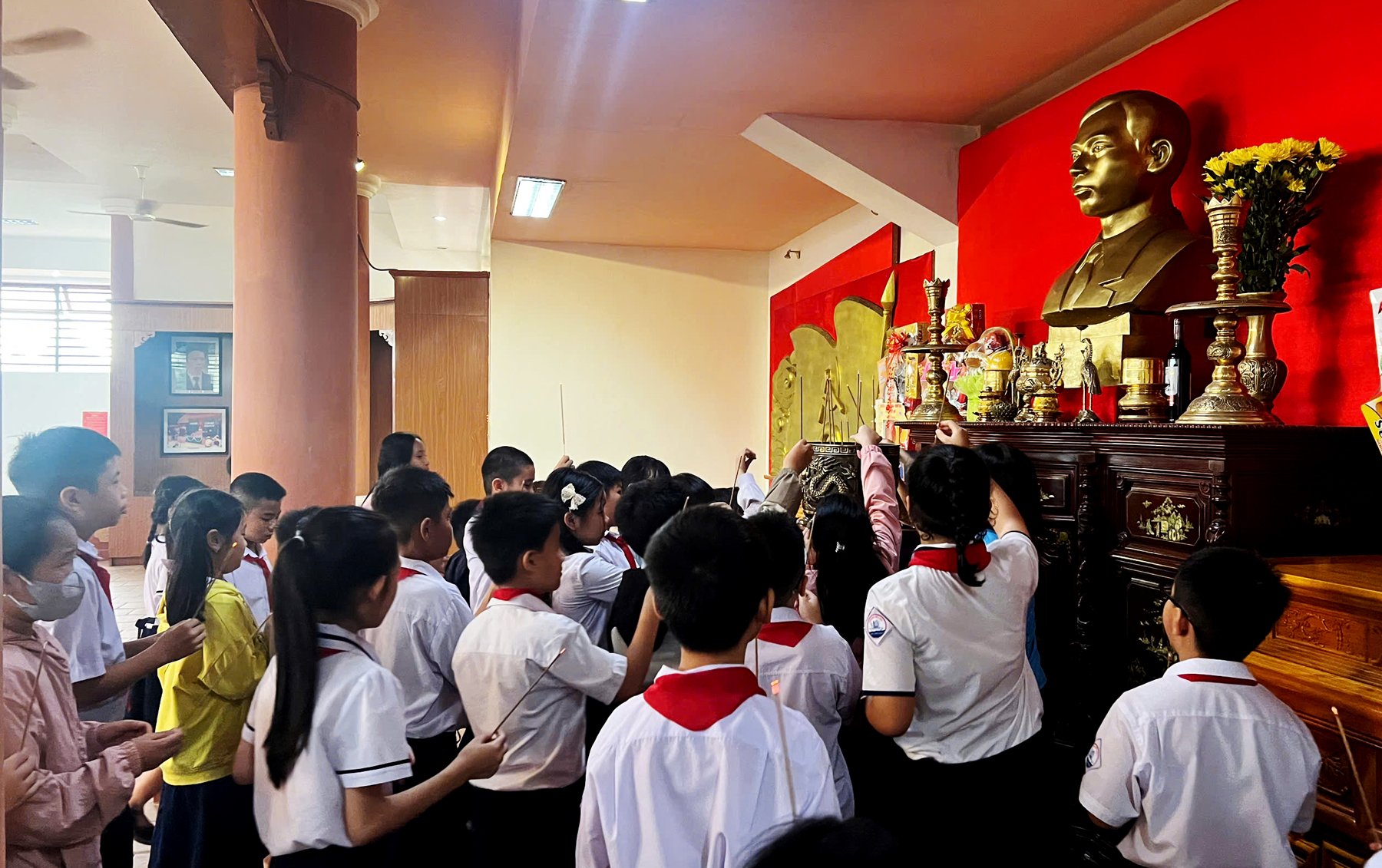




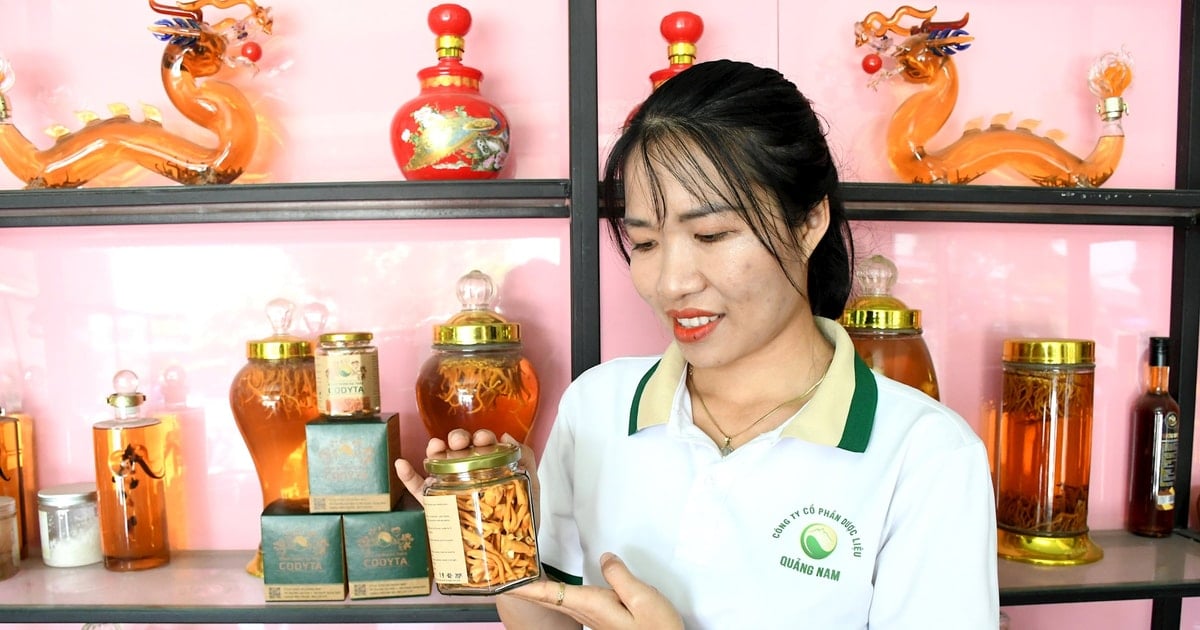


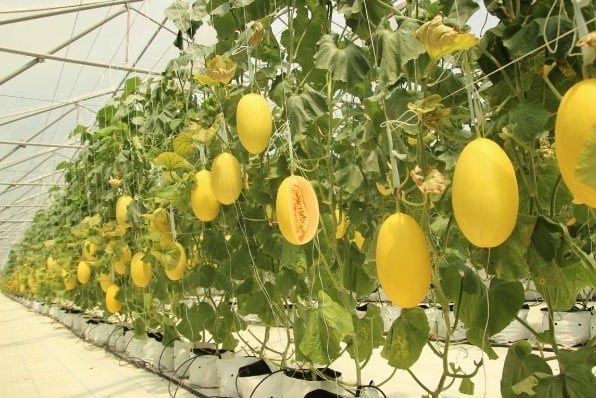
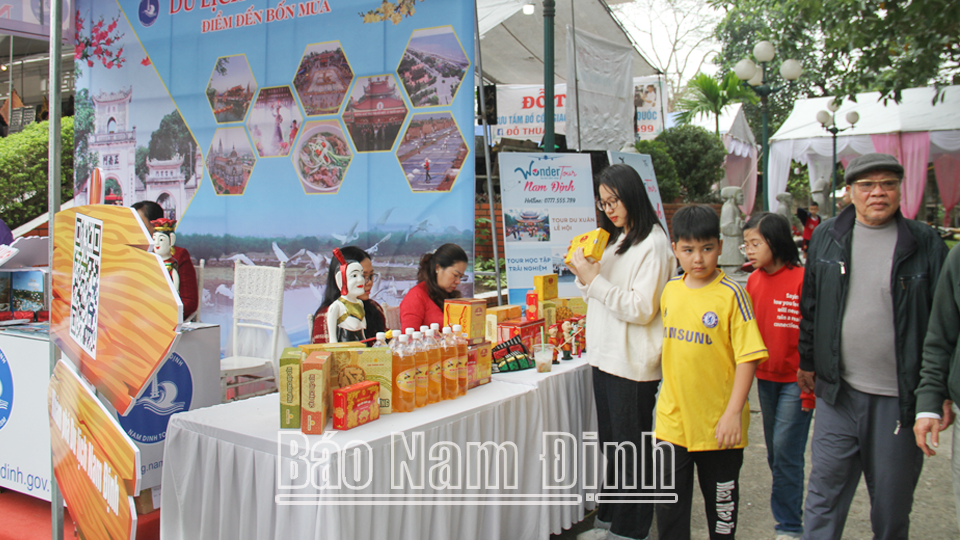


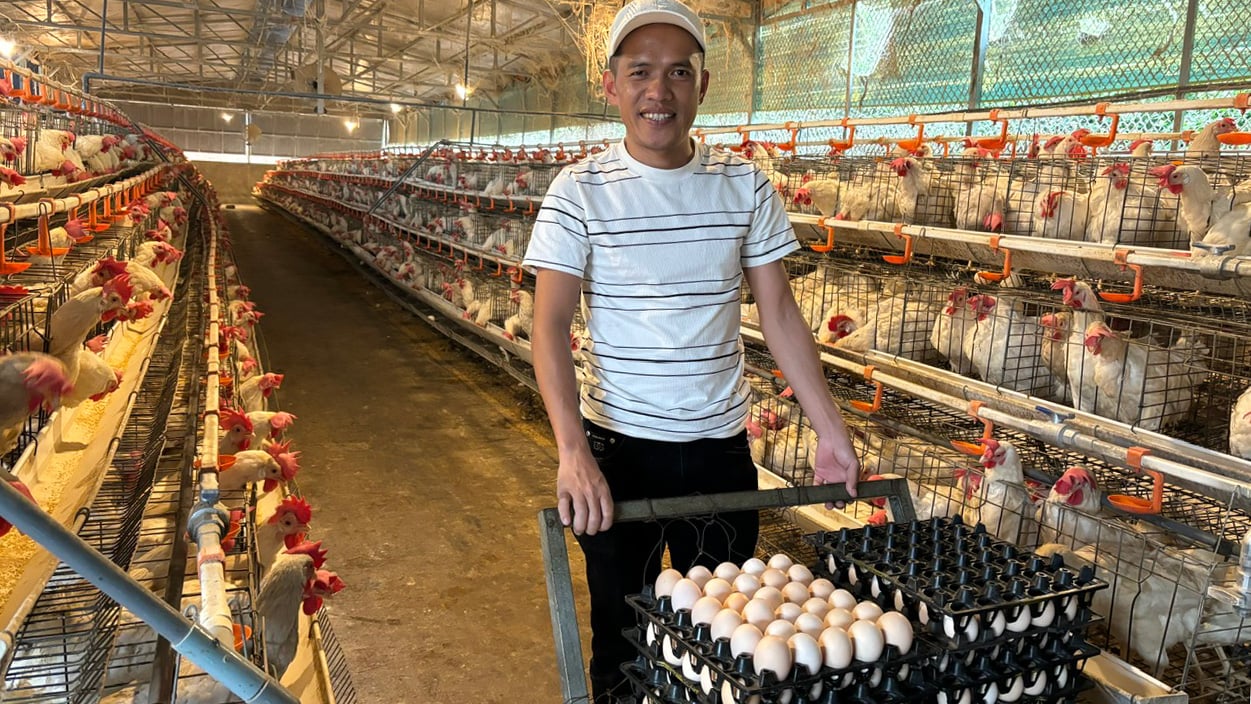

Comment (0)